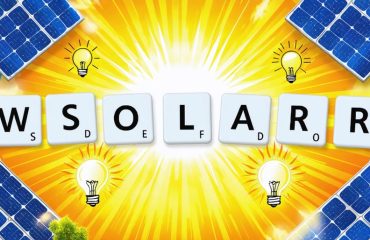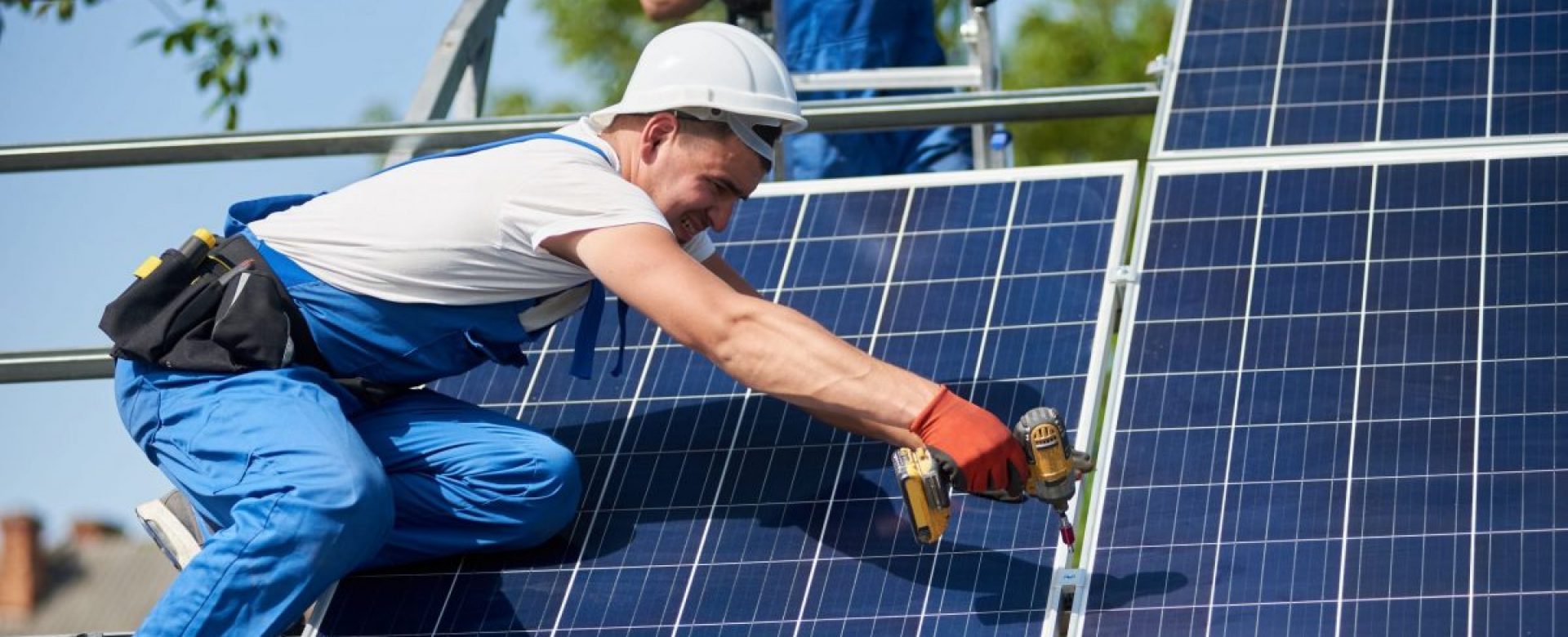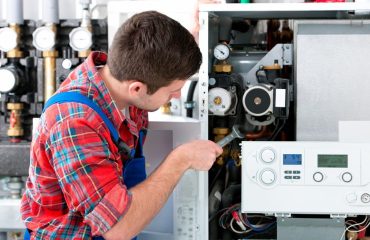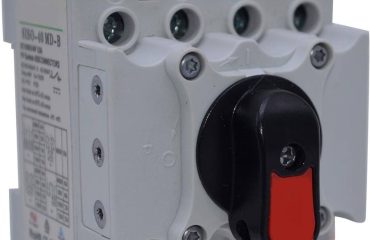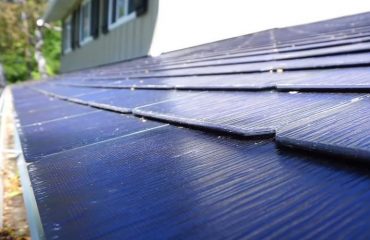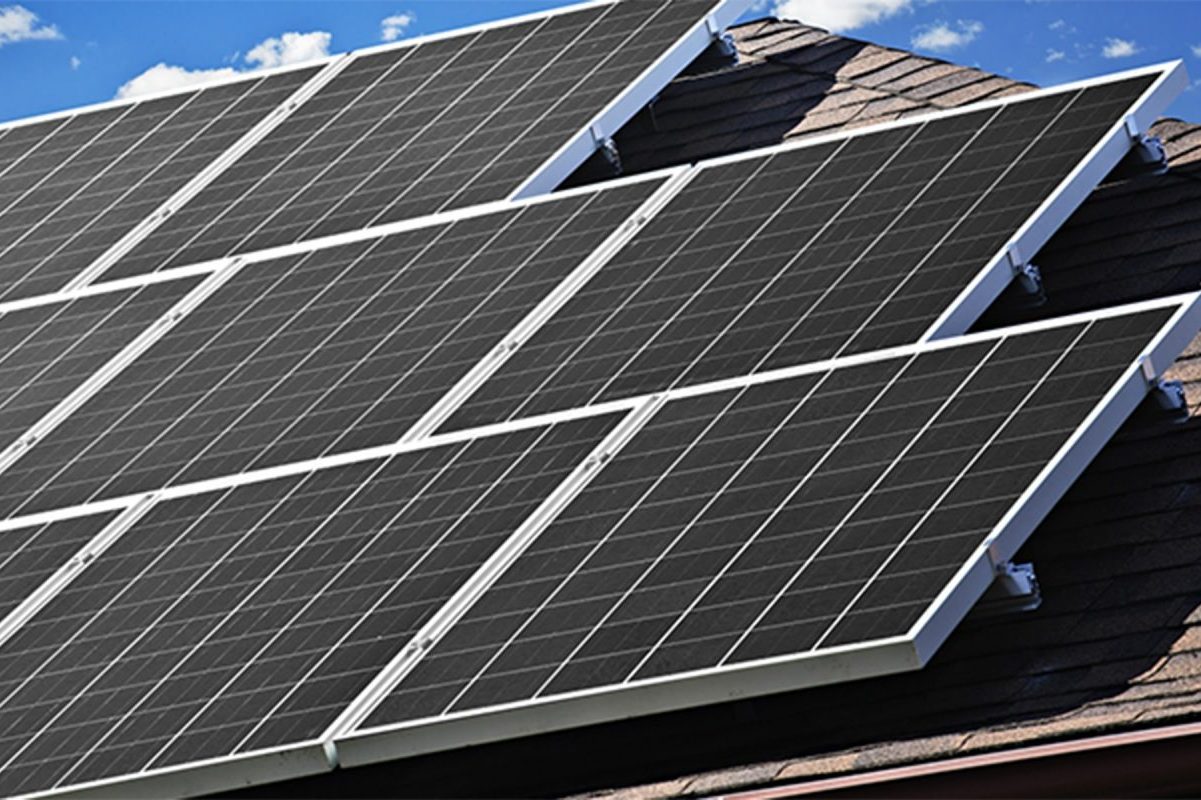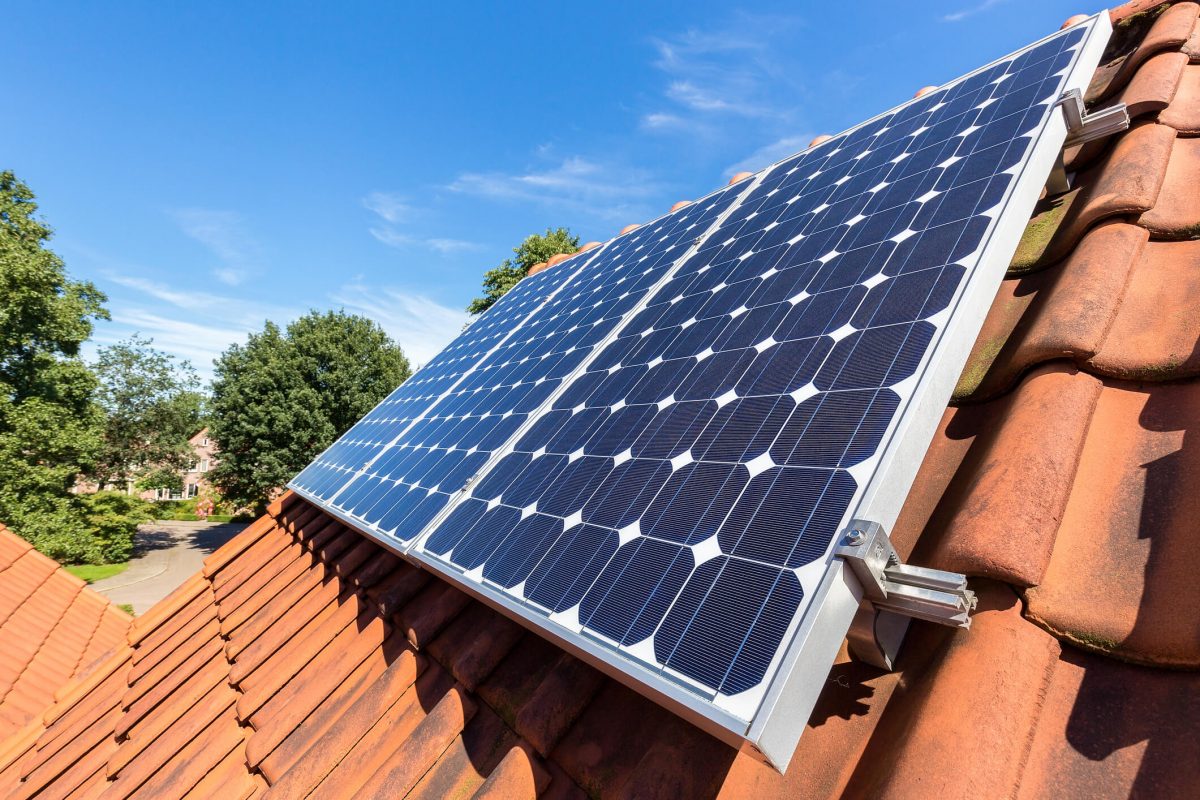Ready to supercharge your essential solar energy knowledge through an engaging word challenge? Based on the popular password game template for teachers, this interactive quiz transforms complex solar terminology into bite-sized, memorable concepts.
Test your solar expertise while having fun with carefully crafted questions covering everything from photovoltaic basics to advanced renewable energy concepts. …
